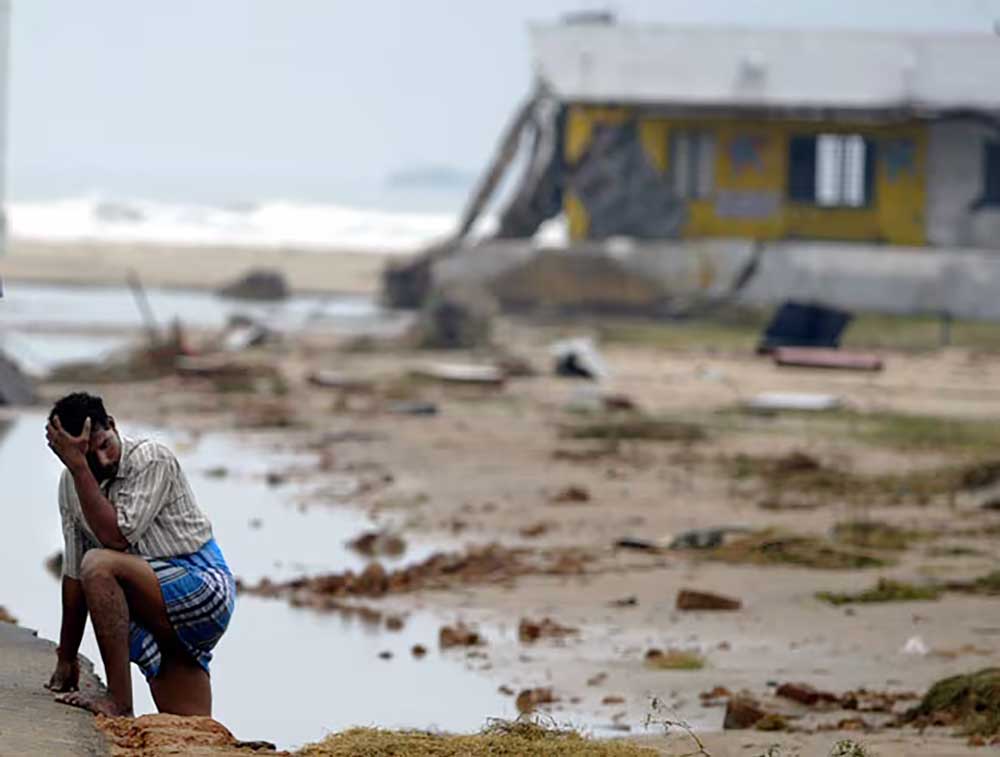When disasters strike—be it an earthquake, flood, or pandemic—it’s clear that entire communities suffer. Yet, time and again, it’s women who face the brunt of it. They deal with unique challenges that often go unnoticed, and these hardships are made worse by existing inequalities.
A 2019 report from UN Women and UNICEF revealed a shocking lack of data on how disasters affect men and women differently. This gap in understanding makes it harder to plan responses that support women’s needs, deepening the problems they already face.

The numbers speak for themselves: women and children are 14 times more likely to die than men during disasters, according to the UNDP. For instance, in the 2004 Indian Ocean Tsunami, which claimed 2,30,000 lives, a staggering 70 per cent of the victims were women. Similar patterns were seen in Cyclone Nargis in Myanmar in 2008, where 61 per cent of the fatalities were women, and in Cyclone Gorky in Bangladesh in 1991, where 91 per cent of those who died were women.
Why Are Women More Affected?

There are several reasons why women are hit harder during disasters:
Less Access To Resources: Women often lack access to resources like money, technology, and information that are essential for disaster preparedness. This makes it tougher for them to protect themselves and recover.
Missing Out On Early Warnings: In many cases, women don’t get early warnings about disasters. Social norms and barriers mean that women and girls, especially in poorer communities, have lesser access to mobile phones, the internet, and education, making them lesser likely to receive or understand warnings.
Social And Legal Norms: Discriminatory practices make it harder for women to bounce back after a disaster. For example, fewer women own land or homes, making recovery even more difficult. In the informal economy, where many women work, they often don’t have legal protection, leaving them without safety nets during crises.
Vulnerable Jobs: Women are more likely to work in informal, unprotected sectors, such as domestic work or street vending, which lack the security or support systems needed in times of crisis.
Moving Forward

To change this, we need disaster planning that considers the specific needs of women. Ensuring they have access to education, technology, financial resources, and early warning systems is key. More importantly, women must have a voice in shaping these disaster plans.
While women have shown incredible strength in the face of disasters, it's time that the systems in place support them better. We must address these inequalities to create a world where women aren’t just victims but active participants in their recovery and resilience.